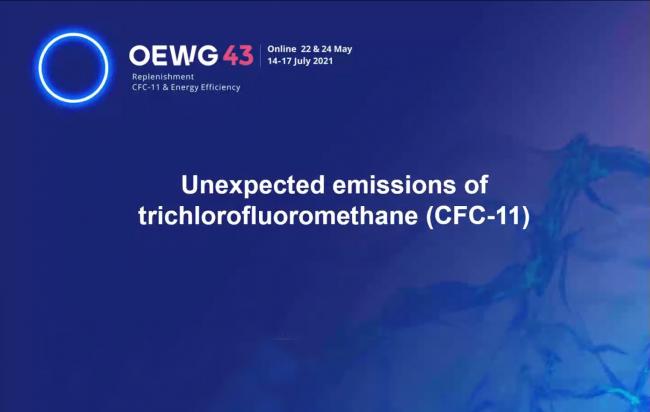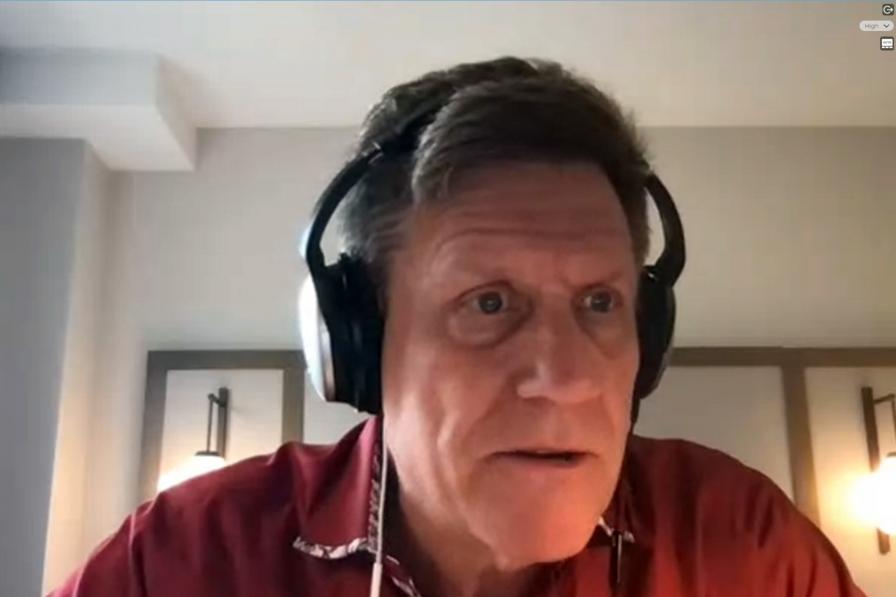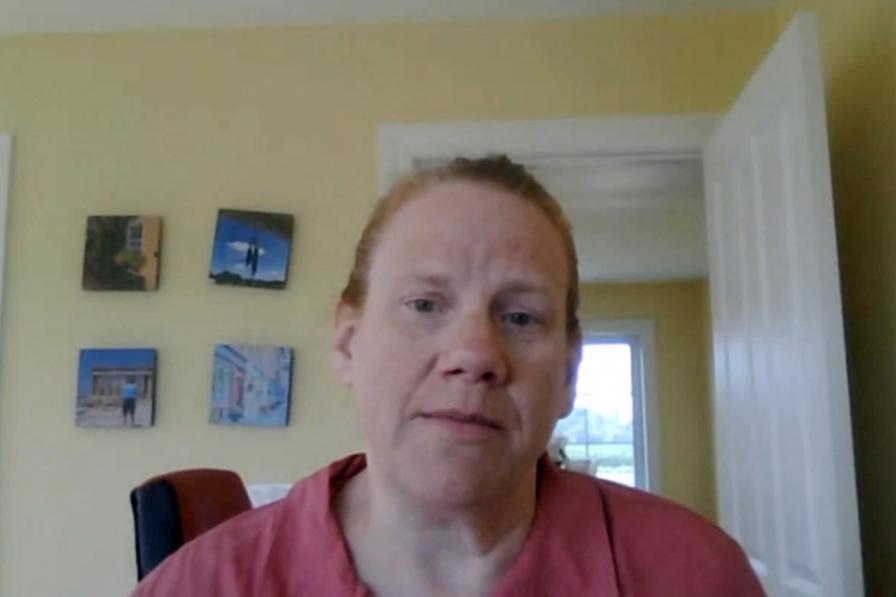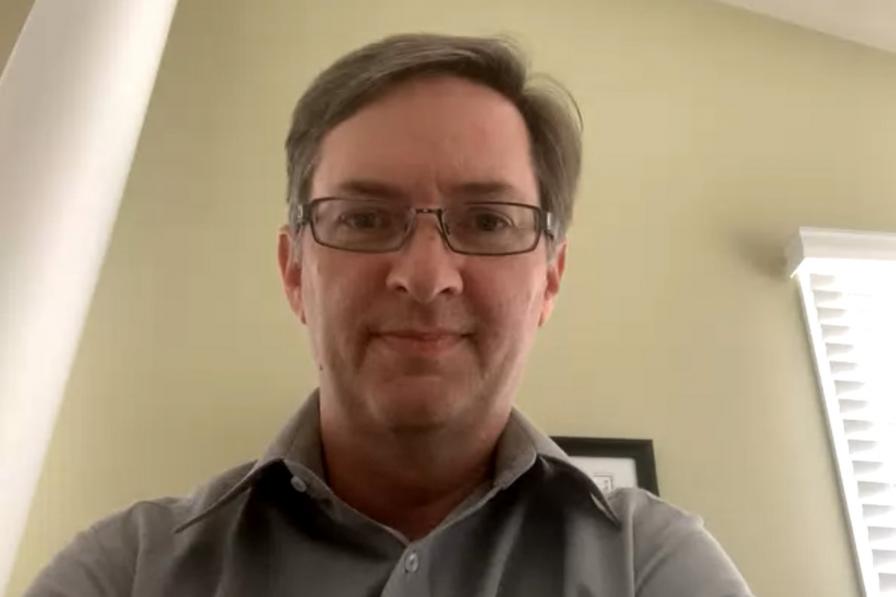In the wake of scientific studies revealing unexpected emissions of the ozone-depleting substance trichlorofluoromethane (CFC-11), the Open-ended Working Group of the Parties to the Montreal Protocol reconvened virtually on Thursday for the second of two identical sessions to address this critical issue.
The session, chaired by Martin Sirois (Canada), opened with remarks by Ozone Executive Secretary Megumi Seki, who noted that the unexpected emissions of CFC-11 dropped sharply between 2018 and 2019, and that recovery of the ozone layer will not be substantially delayed due to those emissions. Emphasizing the need for further work to support implementation and enforcement of parties’ obligations under the Montreal Protocol, Seki also highlighted a European Union-led pilot project to identify potential sites for an additional monitoring station and set up programs in collaboration with Article 5 countries.
The Scientific Assessment Panel (SAP) and Technology and Economic Assessment Panel (TEAP) presented pre-recorded reports on CFC-11, both of which had been presented and discussed at the first session on this topic, held on Wednesday. The SAP report provided information on atmospheric monitoring and modeling, as well as updated measurements and analysis.
The TEAP provided updated analysis of possible drivers of illegal CFC-11 production and trade, information on linkages between unexpected emissions of CFC-11 and production of anhydrous hydrogen fluoride and carbon tetrachloride, challenges and opportunities related recovering and destroying CFC-11, and opportunities to detect CFC-11 in products.
In the subsequent question and answer session, participants discussed a wide range of issues, including whether CFC-11 emissions are now under control and how the SAP determined that the impact of the unexpected emissions would not substantially delay recovery of the ozone layer. Parties also discussed the existing gaps in monitoring and the need for potential solutions, with the European Union highlighting its pilot project on this issue and inviting other parties to collaborate in crafting a conference room paper for discussion at the next Meeting of the Parties.
Co-Chair Sirois concluded this set of technical sessions on CFC-11, thanking the members of the SAP and TEAP for their outstanding work, and reminding participants that the two identical technical sessions on energy efficiency and low global-warming-potential technologies would be held over the next two days.





